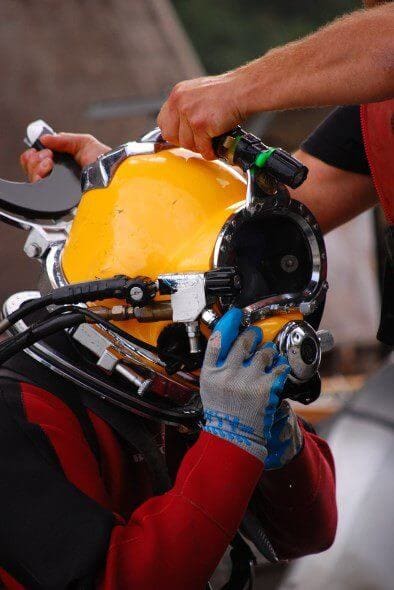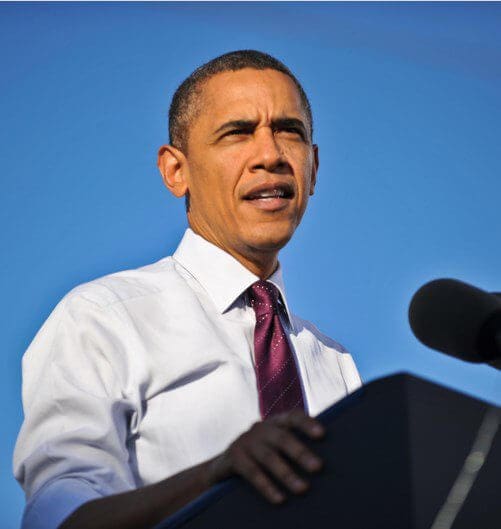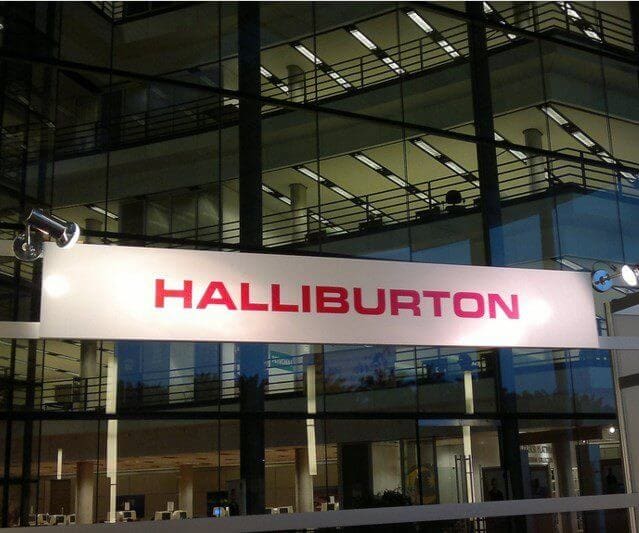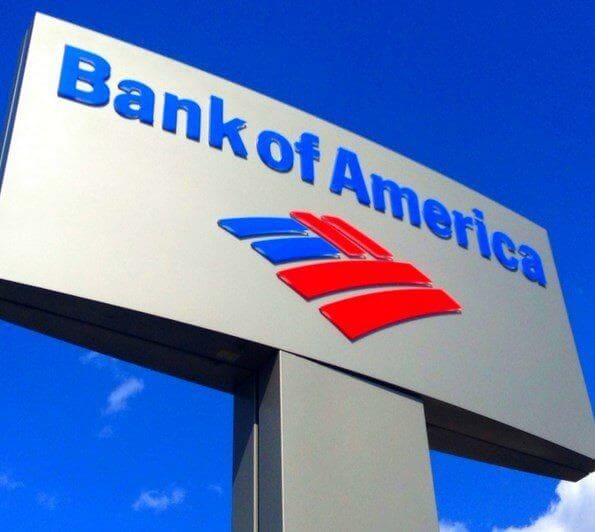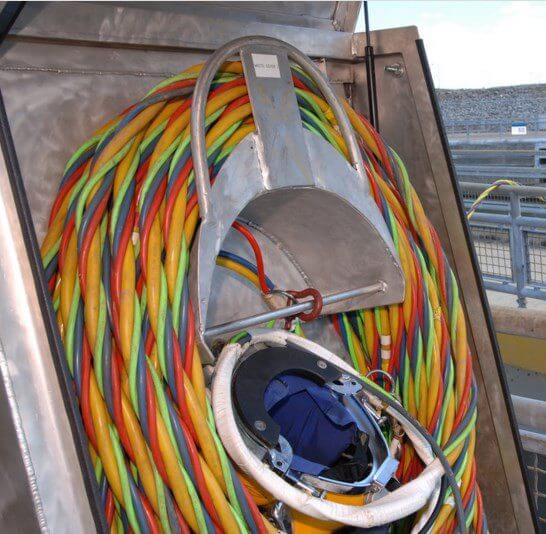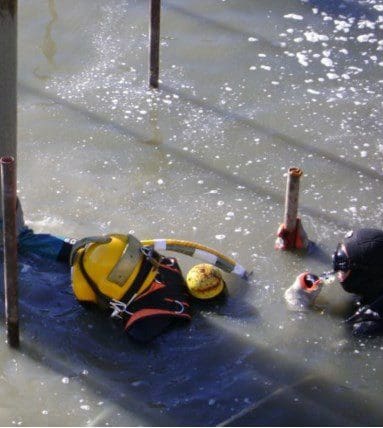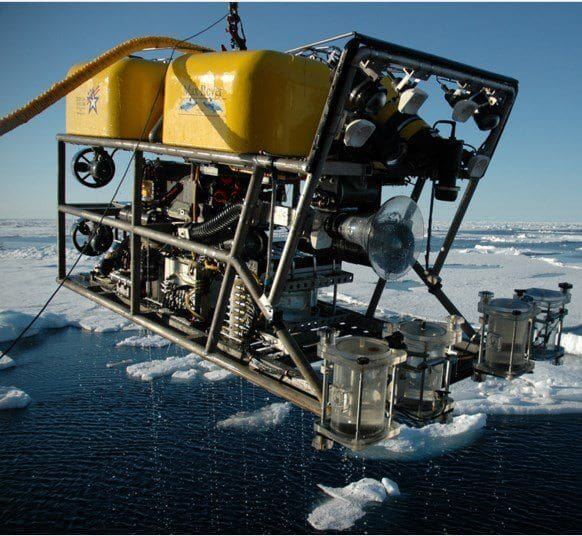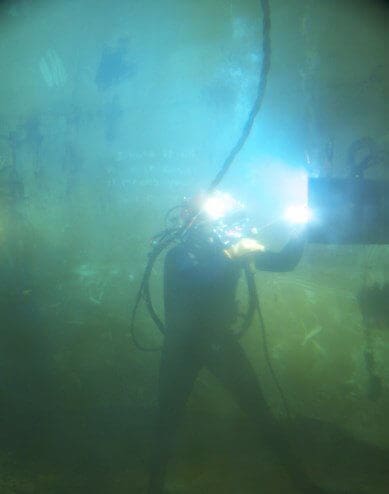Commercial Diver Pay Scale. Commercial divers inspect, repair and construct structures underwater. Often these structures are man-made, such as bridge pilings, submerged pipes and oil rigs, although commercial divers may also be employed to carry out scientific surveys of natural phenomena as well. Salary levels for the profession depend upon factors such as location and employment sector.
-
Average Pay
Having collated wage data from over 3,000 individuals working as commercial divers across the country, the U.S. Bureau of Labor Statistics calculated that the average yearly wage for the profession was $58,060. This translates into a monthly income totalling $4,838 and an hourly rate of $27.91. Top earners, those in the highest 10 percent, received $94,130 or more, while those amongst the lowest-earning 10 percent received up to $32,510 a year.
-
Pay by Employment
According to the report by the bureau, industry sectors in which commercial divers were likely to receive the highest average salaries were utility system construction, at $67,330, and other heavy and civil engineering construction, at $64,110. Support activities for mining were listed at $59,440, while highway, street and bridge construction offered an average of $56,210. Support activities for water transportation were listed at $43,470.
-
Pay by Location
California and New Jersey were the states with the highest average rates of pay for commercial divers, according to the report by the bureau, at $82,690 and $82,090, respectively. Third and fourth place among states were taken by Texas and Louisiana, some way behind at $59,550 and $58,920, while Hawaii was listed at just $42,670. At the level of major cities, a survey by SalaryExpert.com in May 2011 found that divers based in Chicago, Illinois, and Houston, Texas, could expect the highest rates, with averages of $101,962 and $92,480, respectively. Miami, Florida, was listed at $51,996.
-
Conditions
Divers never work alone. There are always at least two individuals in the water, and a support crew on the shore or in a boat monitoring each dive. At many feet underwater, even routine tasks can become difficult, and commercial divers often have to combat cold conditions and little visibility. There is some danger from decompression sickness, which is caused by surfacing too quickly so that nitrogen bubbles expand in the blood, but extensive training minimizes the risk. Before each dive, the entire crew goes through the safety procedures.
